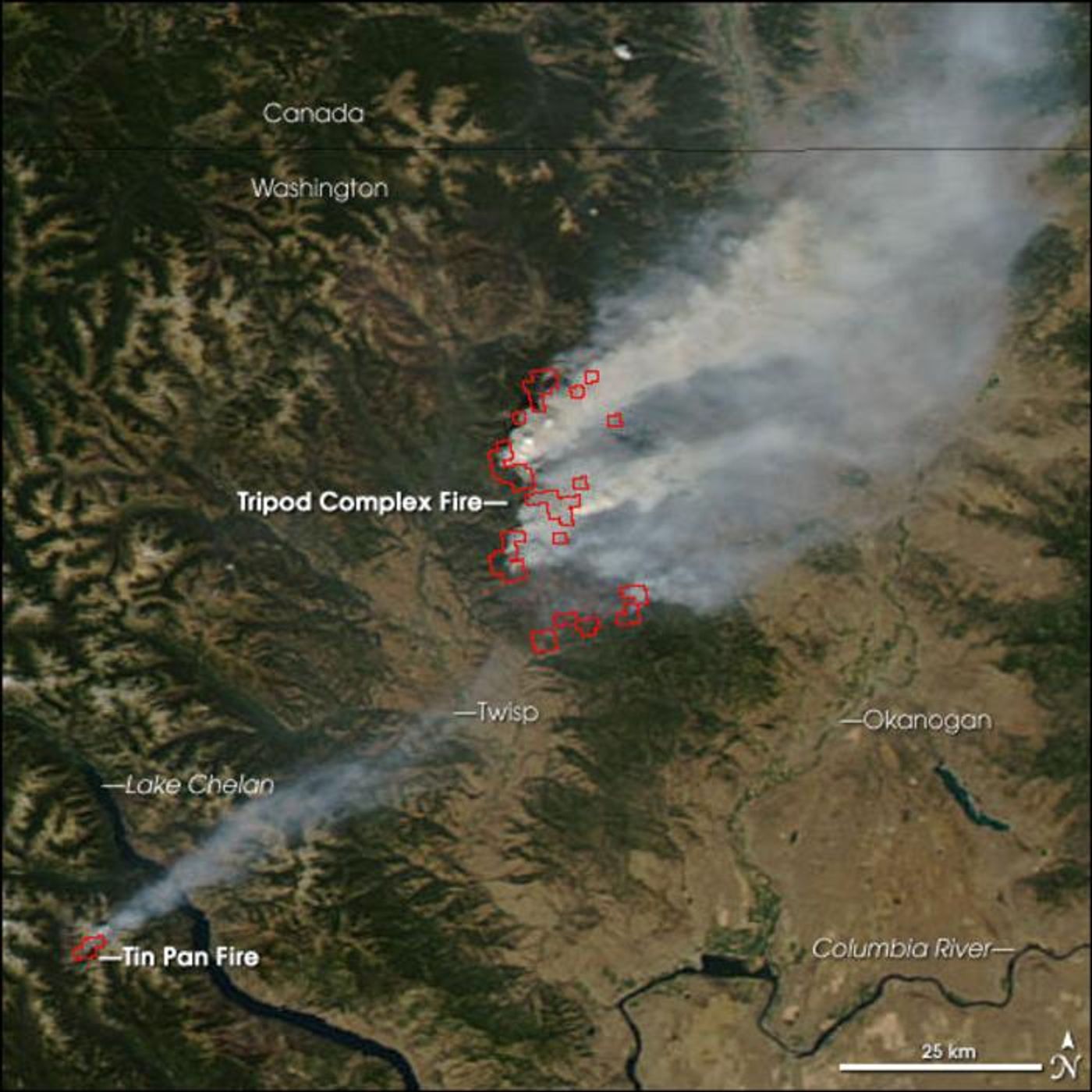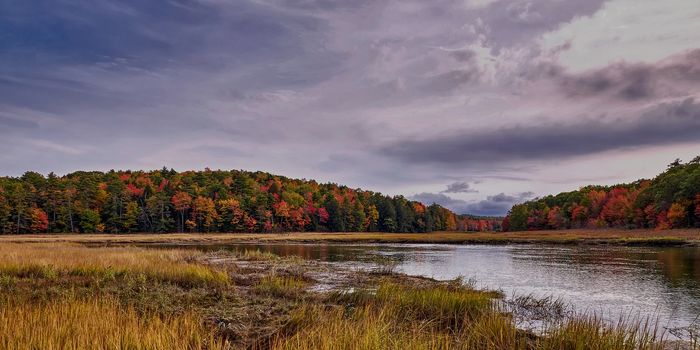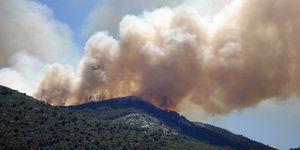REBURN: Modeling Strategies to Manage Wildfires and Forest Resilience
A pair of recent studies published in Fire Ecology examines an experimental modeling tool known as REBURN designed to produce artificial outcomes for wildfires across a myriad of forest landscapes under various wildfire management strategies. The goal of REBURN is to evaluate the pros and cons of immediately extinguishing a fire versus letting it burn continuously into unpopulated regions. This study was led by the USDA-FS, Pacific Northwest Research Station and holds the potential to help firefighters determine the best strategies for wildfire management in the future.
“Fire exclusion policies for much of the 20th century yielded many dense forests with largely uniform composition,” said Dr. Susan Prichard, who is a research scientist at the University of Washington School of Environmental and Forest Sciences, and a co-author on the study. “By the turn of this century, we had mature and densely treed, multi-layered forests with high fuel content — and as a result, large, destructive wildfires can ignite and spread more easily. There’s simply more to burn across large landscapes.”
For the two studies published June 30 and July 31, respectively, the researchers used REBURN to produce wildfire management simulations from the 2006 Tripod Complex Fire that occurred in north-central Washington State. They found that initiating what are known as prescribed burns and letting small-scale wildfires continuously burn will result in more diverse and durable forests over the long-term. These types of forests contain condition “patches” of various dimensions, and recently burned patches were found to act as “fences” to the direction of the fire for at least the next 5-15 years, which reduced the risk of fire spreading to larger areas. The simulations produced by REBURN also showed that forest landscapes comprised of between 35 to 50 percent of “fence” regions resulted in a large reduction in larger and more damaging wildfires, as well.
Image of the Tripod Complex Fire in north-central Washington taken on Aug. 7, 2006, by the NASA MODIS satellite. (Credit: NASA/MODIS Rapid Response Team/Goddard Space Flight Center)
For next steps, the researchers hypothesized that that REBURN can be used in additional western U.S. and Canadian regions. Currently, the team is attempting to adapt REBURN to the large forests of northern California and southern British Columbia, which are regions where large wildfires recently took place.
“We hope that it will help people who make major decisions about our forests understand the long-term consequences of different practices and policies when it comes to wildfires,” said Dr. Prichard. “We hope it will make these conversations easier to have by grounding our predictions in sound forest science.”
How will REBURN help fire services make more informed wildfire management decisions in the coming years and decades? Only time will tell, and this is why we science!
As always, keep doing science & keep looking up!
Sources: EurekAlert!, Fire Ecology, Fire Ecology (1), Wikipedia, BBC









